
Creation of virtual prototypes
Numerical simulation permits the infinite and unconstrained modification of a studied solution, which is much simpler and cheaper than a solid model.
Experimenting with a physical model allows the values found to be compared with those resulting from a numerical solution. When the parameters are adjusted, the numerical model can be calibrated.
Numerical simulations offer unequalled flexibility. The calculating power of a computer allows us to study phenomena and experiment diverse solutions. Evidently, we take advantage of this tool to create specific computer programs for various stages of projects:
Fluid mechanics uses a great deal of computer modelling as it is the science of "many liberties for each element composing the flow." The extensive use of computers in fluid mechanics makes it a good example and leads to applications in other fields.
Here are a few examples:
An optimal solution can be found with a search algorithm using the principals of genetic evolution. Here, the distance from an objective is characterised as a function of successive populations. |
 |
 |
Two wave propagations are compared, one with the presence of a particular object, ... |
... and the other without. For this project, a very large number of simulations were calculated, considering a wide spectrum of possible events. |
 |
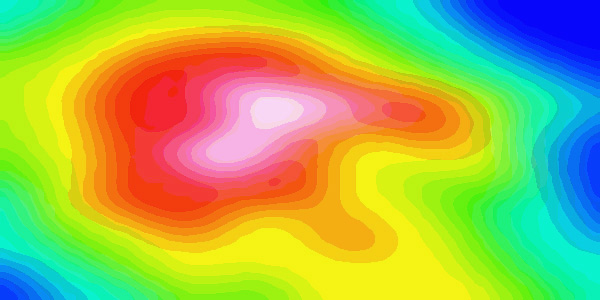 |
The results are numerical values, which can be interpreted as numbers, curves or coloured fields when an overall vision is needed. |
A site plan quickly shows the relative positions of different components and leads to a direct visual understanding. |
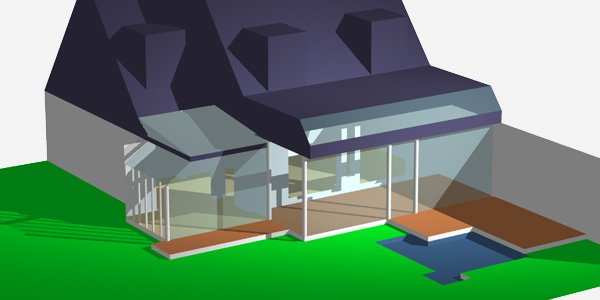 |
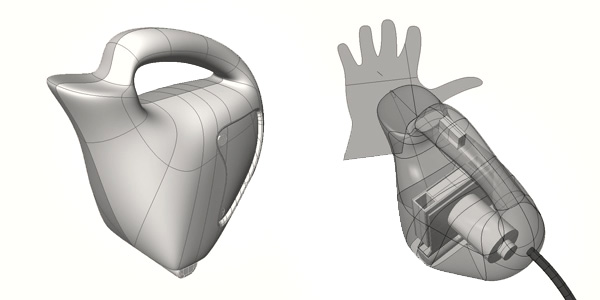 |
Ergonomics easily fit among all simulations. For example, we follow the positions and paths of hands using an instrument. |
Because imagery can plunge us into worlds hitherto unknown, the limits between real and fantasy blur. Here, the heating of air compressor pistons, in false colours representing the temperature. |
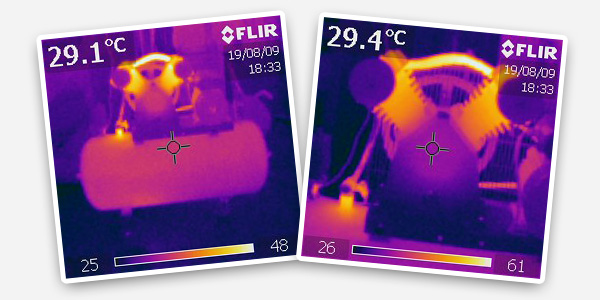 |
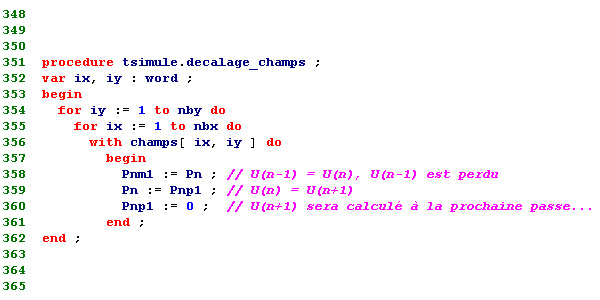 |
... Not to forget that often a computer program is a prototype in perpetual evolution. Nevertheless, computer programming is a job for a specialist...in method ! |